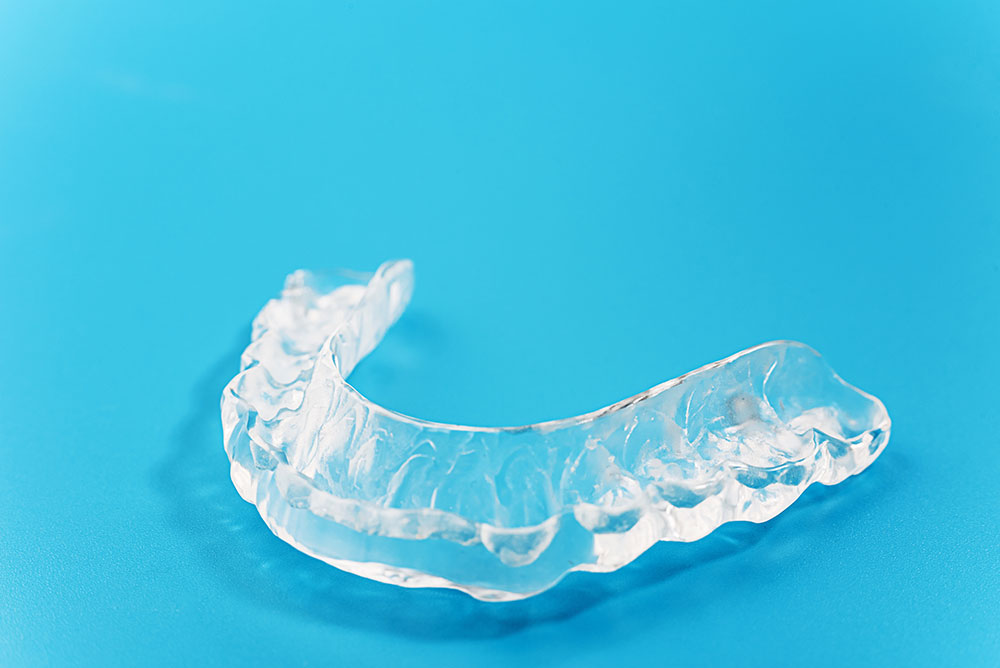Did you know that one of the most common dental conditions is something most people don’t even know they have? Dental clenching, also called “bruxism,” is a condition in which a person subconsciously bites down hard, clenching their teeth together.
It is considered a subconscious habit because it is mostly experienced during sleep. Unfortunately, since the pandemic, more and more patients are reporting signs and symptoms of clenching. Around 5x more patients are coming into dental offices with broken teeth!
Signs and symptoms of clenching
- Headaches and jaw aches in the morning
- Sore muscles in the cheeks and neck
- Sore or sensitive teeth
- Gum recession
- Notching in the teeth at the gum line
- Wear on the biting surfaces of the teeth
- Difficulty or pain when opening the jaw
As stated above, when experiencing bruxism, you may or may not know you have it. You may have some of the signs and symptoms or none at all, depending on the severity. It is essential to see your dentist for routine check-ups so they can check for any signs and symptoms and fit you for a night guard before the condition worsens. Unfortunately, some of the repercussions of clenching, such as tooth wear and gum recession, are irreversible.
What is a night guard?
As the name suggests, a night guard is a guard you wear over your teeth at night to protect from the wear and tear of clenching. There are a few different versions of the traditional night guard, but they are all used for the same goal, to protect your smile.
Some night guards are cushy and absorb clenching forces, while others have bite blocks to prevent you from clenching your teeth altogether. Some night guards are worn on the top teeth, while others are worn on the bottom. It is important to talk with your dentist about which night guard is right for you.
How is a night guard made?
The process of receiving your night guard is easy and straightforward. You will be booked in for two visits. During the first visit, impressions will be taken of your teeth and sent to a lab. During your second visit about a week later, your night guard will be fitted and adjusted if needed. You will be given instructions for care.
Caring for your night guard
A night guard is an easy appliance; it just takes some getting used to. Depending on your guard type, you may need to warm it up first so it’s comfier to put it. Use warm water in a bowl (not hot!) and leave it there for a minute or so. This will make the night guard more pliable and, therefore, more comfortable to put in.
In the morning, when you take your guard out, be sure to use a separate toothbrush to brush the night guard under running water gently. Store in a dry container. Here’s a handy tip: Bring your night guard in for your routine dental cleanings to have it cleaned too. Your dental office has special tools and cleaners to get your guard back feeling brand new.
Night guards don’t last forever. If you notice your guard cracking or chipping, it’s probably time for a new guard. Night guards should last 3-5 years, so if you see chipping within a year or 2, you probably need the next guard to be made out of a stronger material.
If you have any questions about night guards or believe you may need one, we encourage you to contact us today to schedule an appointment.

